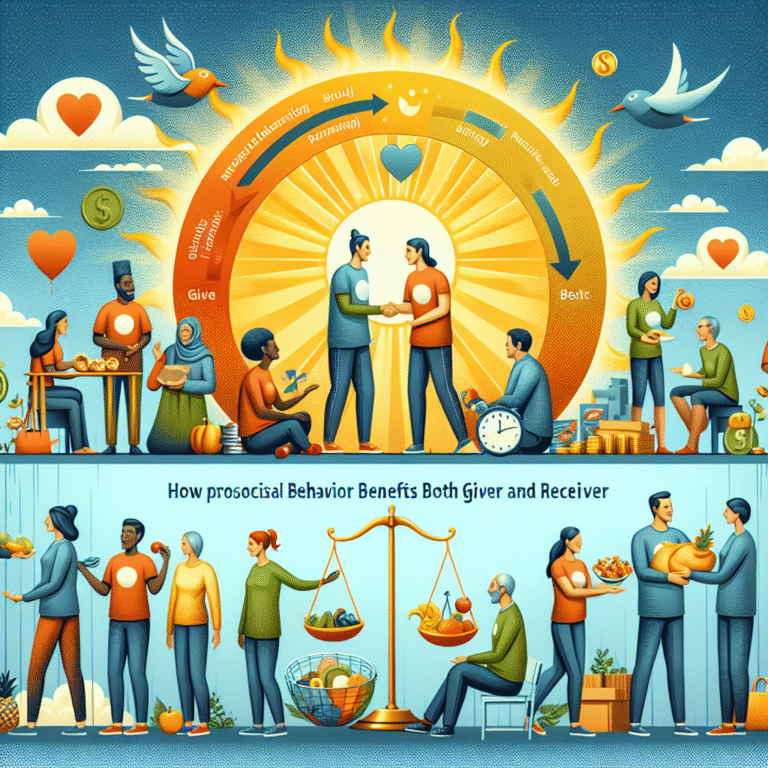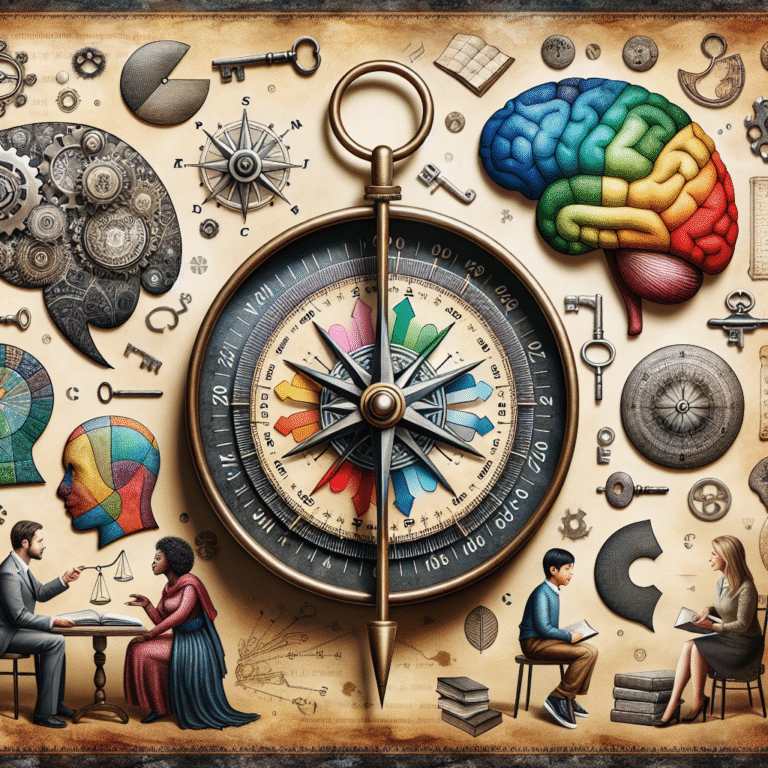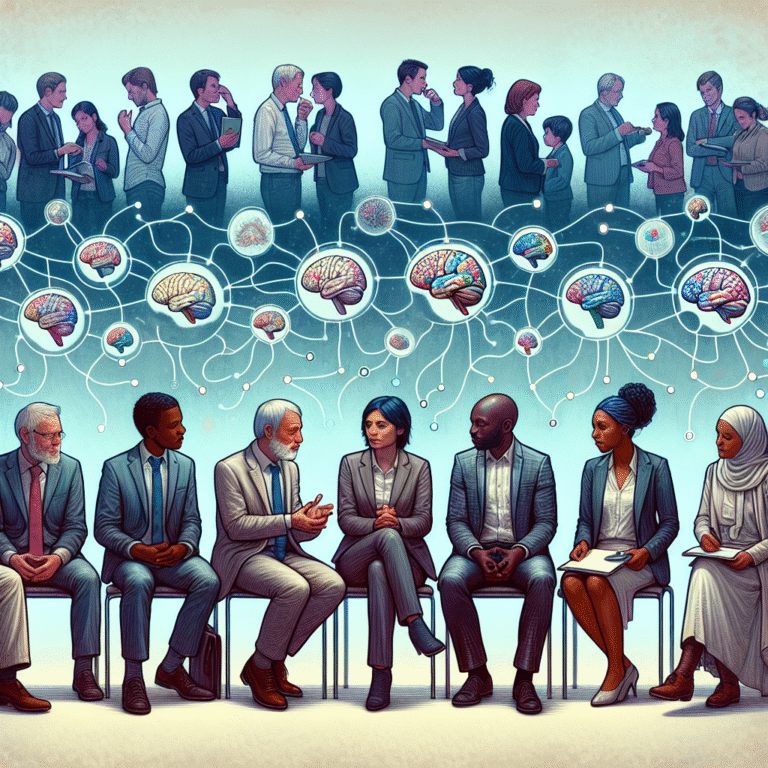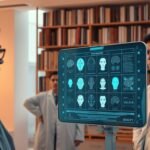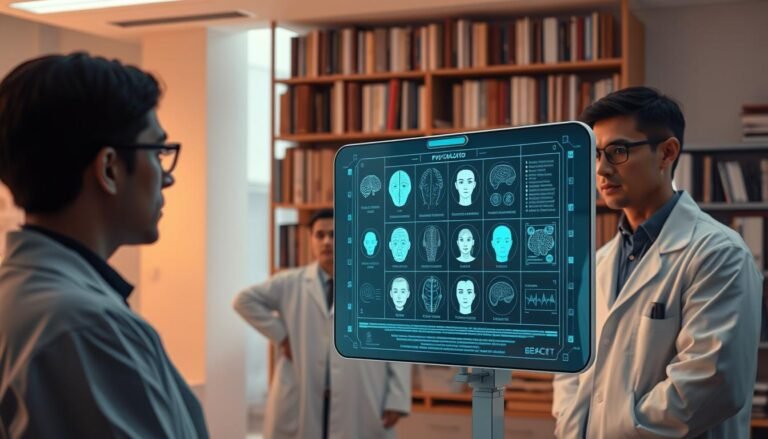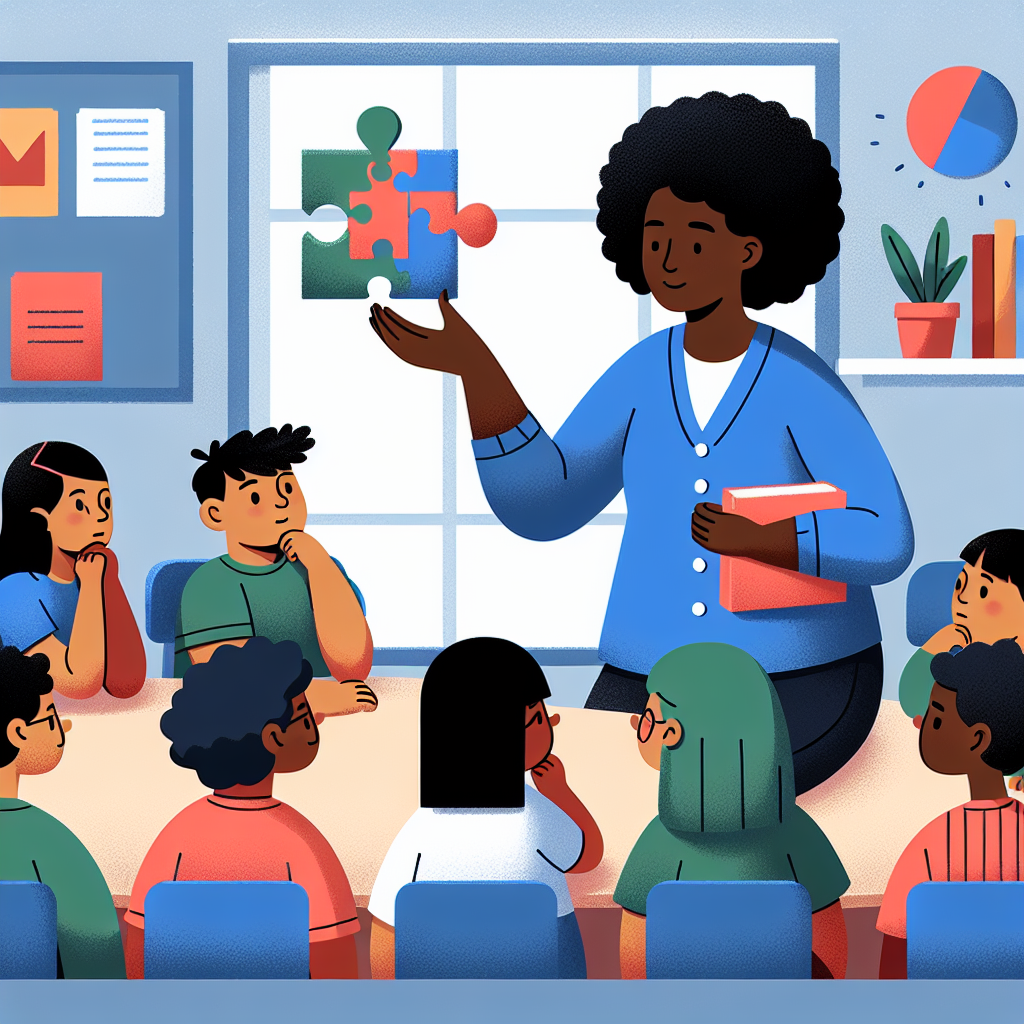
Introduction
Did you know that approximately 1 in 5 children in the United States has a learning disability? Despite this staggering statistic, many learning disabilities remain misunderstood, overlooked, or misdiagnosed. In educational and social settings, the phrase "learning disabilities" often invokes an image of struggling students who are simply not trying hard enough. But the reality is far more complex.
In this article, The Hidden Challenges: Recognizing the Signs of Learning Disabilities, we will delve deep into the often-unseen hurdles individuals face. We will explore how these challenges manifest in everyday life, helping you foster empathy, improve awareness, and gain valuable insights into recognizing the signs of learning disabilities.
Understanding Learning Disabilities
What Are Learning Disabilities?
Learning disabilities (LDs) are neurologically based processing issues that interfere with the ability to learn in a typical manner. They can manifest in various ways, impacting reading, writing, math, and information retention. Common types include:
- Dyslexia: Difficulty in reading fluently and accurately.
- Dysgraphia: Challenges with handwriting and fine motor skills.
- Dyscalculia: Difficulty in understanding numbers and math concepts.
- Auditory and Visual Processing Disorders: Problems interpreting sounds and visual input.
Recognizing these disabilities early on can dramatically change the course of a child’s educational journey.
Why Does Recognition Matter?
The hidden challenges associated with learning disabilities often lead to emotional and social issues if not addressed. Children who struggle in school may develop low self-esteem, anxiety, or behavior problems. By understanding and identifying these disabilities, parents and educators can provide timely support, leading to improved academic performance and overall well-being.
Signs and Symptoms
Early Indicators in Children
Recognizing the signs of learning disabilities is crucial for early intervention. Here are some common indicators:
- Delayed Speech: Some children may struggle to speak clearly or have a limited vocabulary compared to peers.
- Difficulty Following Directions: Frequent misunderstandings of verbal instructions may occur.
- Challenges with Reading and Writing: Children may avoid reading, experience difficulty with spelling, or struggle with written assignments.
Table 1: Signs of Learning Disabilities in Early Childhood
| Sign | Age Range | Description |
|---|---|---|
| Delayed Speech | 2-4 years | Difficulty forming words or sentences. |
| Difficulty Recognizing Letters | 4-6 years | Struggles with identifying letters or sounds. |
| Avoiding Reading Aloud | 5-8 years | Reluctance or avoidance of reading in front of peers. |
Signs in Adolescents and Adults
Learning disabilities can persist into adulthood, sometimes leading to unrecognized challenges in both social and work situations. Signs may include:
- Difficulty in Time Management: Chronic lateness or trouble meeting deadlines.
- Struggles with Math and Finances: Difficulty handling budgeting, bills, or any figures.
- Persistent Issues with Written Communication: Legal, formal documents, or even emails may pose challenges.
Real-World Case Studies
To illuminate these points further, let’s examine several real-world case studies where recognizing the hidden challenges made a significant difference.
Case Study 1: Sarah’s Journey with Dyslexia
Sarah, a 10th grader, struggled with reading comprehension. While she was intelligent, her grades didn’t reflect her understanding. With the help of a teacher who recognized the hidden challenges of dyslexia, she received targeted interventions. Over time, Sarah learned strategies to cope with her learning disability, eventually excelling in her studies.
Analysis: Sarah’s case underscores the importance of early identification and targeted intervention. Teachers and parents play a critical role in recognizing symptoms early on.
Case Study 2: Mark’s Experience with Dyscalculia
Mark, a college student, found mathematics daunting. He often withdrew from discussions involving numbers, which impacted his academic performance. It wasn’t until a mentor recognized the signs of dyscalculia that he received the necessary support and accommodations, such as extra time on tests and the use of calculators.
Analysis: Mark’s story highlights how adult recognition of learning disabilities can facilitate academic success.
Strategies for Recognition
Tools for Teachers and Parents
Observational Checklists: Create specific checklists to observe behaviors and academic performance.
Standardized Testing: Use assessments specifically designed to evaluate learning disabilities.
- Open Communication: Foster an environment where students and parents are encouraged to discuss difficulties openly.
Supportive Environment
Creating a supportive environment at home and school can significantly improve outcomes. Consider these strategies:
- Tailored Learning Plans: Develop educational plans that cater specifically to a child’s needs.
- Emotional Support: Offer emotional guidance and resources, such as counseling or peer support groups.
Addressing Misconceptions
Myth vs. Reality
Despite growing awareness, many misconceptions still abound regarding learning disabilities. One prevalent myth is that individuals with learning disabilities are not intelligent.
Reality: Many children with LDs possess average to above-average intelligence. They simply experience difficulties related to specific areas of learning.
Conclusion
The Hidden Challenges: Recognizing the Signs of Learning Disabilities is crucial for educators, parents, and advocates alike. Awareness leads to early intervention, fostering better educational opportunities and better life outcomes for those affected. Fighting the stigma associated with learning disabilities can empower individuals to overcome their hidden challenges.
In the end, understanding, empathy, and proactive efforts can help illuminate the paths of those grappling with learning disabilities. Recognizing these signs is not only beneficial for addressing educational needs but also for encouraging personal growth and emotional resilience.
FAQs
1. What are the most common types of learning disabilities?
The most common types include dyslexia (reading issues), dysgraphia (writing issues), and dyscalculia (math issues).
2. How can parents support a child with learning disabilities?
Parents can support their child by creating structured routines, collaborating with teachers, and fostering open communication about challenges.
3. Are learning disabilities genetic?
Yes, research suggests that learning disabilities can run in families, indicating a genetic component.
4. What kind of interventions are available for learning disabilities?
Interventions can vary widely, including specialized tutoring, educational plans (IEPs), and accommodations like extended test-taking time.
5. Can individuals with learning disabilities be successful?
Absolutely! Many individuals with learning disabilities achieve great success in various fields, often leveraging their unique problem-solving skills and creativity.
By addressing The Hidden Challenges: Recognizing the Signs of Learning Disabilities, we take an essential step toward fostering understanding and improving lives—one sign at a time. Your awareness can help build a supportive community that celebrates diversity in learning.






